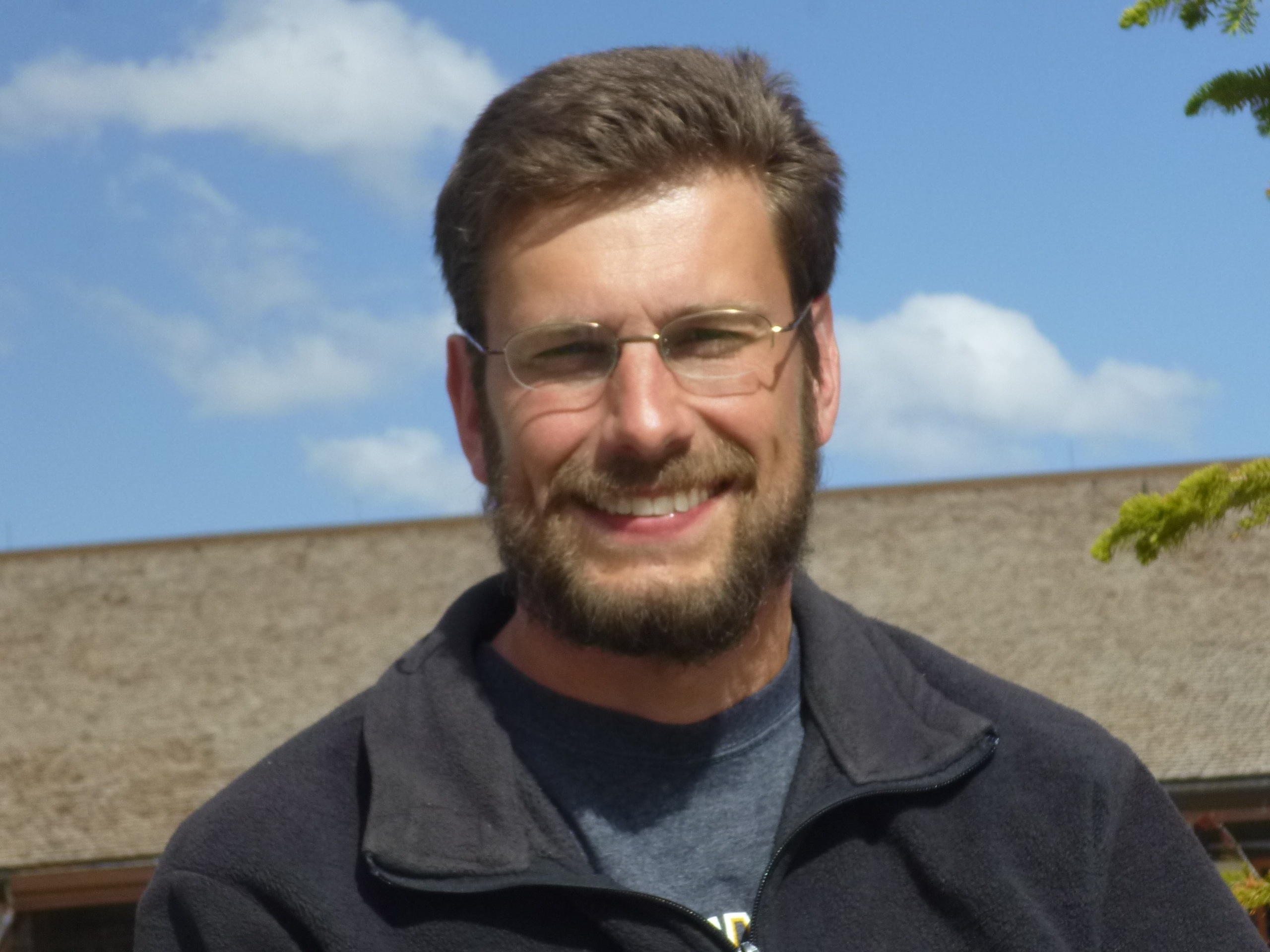When Wichita experienced a 3.3 magnitude earthquake followed by several smaller ones last month, Wichita State University invited the media to interview its earthquake expert, Dr. William Parcell, chair of the Department of Geology. So we did.
The Active Age: Why does WSU have an earthquake expert? It’s not like we live on the San Andreas Fault, right?
Parcell: I wouldn’t call myself an earthquake expert. I’m a geologist, I can speak generally about earthquakes. I pull my data from the Kansas Geological Survey up in Lawrence. They have a network of seismic monitors around the state. By triangulating the different monitors, they can figure out the epicenters of earthquakes in the state, then look at the height of the wave, the amplitude. The highest one (in Wichita) was a 3.3 magnitude. The others were about 2.5, 2.6.
AA: Are earthquakes often followed by smaller quakes?
Parcell: Yeah, usually when you have a larger earthquake, it loosens some of the other faults, and they fire off, and you get a smaller quake.
AA: What causes earthquakes anyway?
Parcell: Earthquakes are caused by stresses that are building up in the (underground) rocks. When stresses reach or exceed the point where the rock can hold it, they will snap and release energy. There are existing faults that are occurring up and down eastern Kansas, in something that’s called the Nemaha Ridge fault complex. These are ancient faults, they go back before the time of the dinosaurs. They’re weak points in the (Earth’s) crust. When stresses build up, those are the places you’re going to see earthquakes occur. The latest ones that are slipping happen to be under Wichita, but there have been many other ones. I just looked this morning: We’ve had 14 along this ridge the past year that are 3.0 or somewhere in this vicinity. We don’t feel many of them because they’re so far away.
AA: Can you put the earthquakes here in context compared to, say, the one that destroyed San Francisco in 1906?
Parcell: These are much, much smaller. You don’t see a whole lot of damage. You may see at most a little cracking of plaster in buildings, maybe. On the Richter scale, 2 to 3 is an order of magnitude, 10 times larger than the last one. So the earthquake in San Francisco, we’re talking 6 or 7 or 8.
AA: Are earthquakes happening more frequently in the Wichita area, or are they just being detected and publicized more?
Parcell: There was a lot more earthquake activity in the last 10 years in Kansas, and a lot of that was attributed to waste water injection from oil wells. Then there was a lull in that for quite a while when the rate of injections was reduced. I wouldn’t say we’re seeing an increase now as compared to the past.
AA: Do you get excited when you feel an earthquake?
Parcell: Oh yeah. It makes everybody a little anxious. It’s a little disconcerting to feel the ground under you shake. Geological processes are usually really slow. Yeah, it’s exciting.









